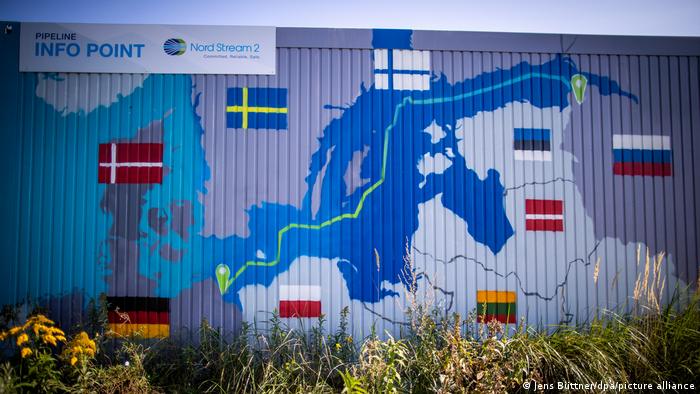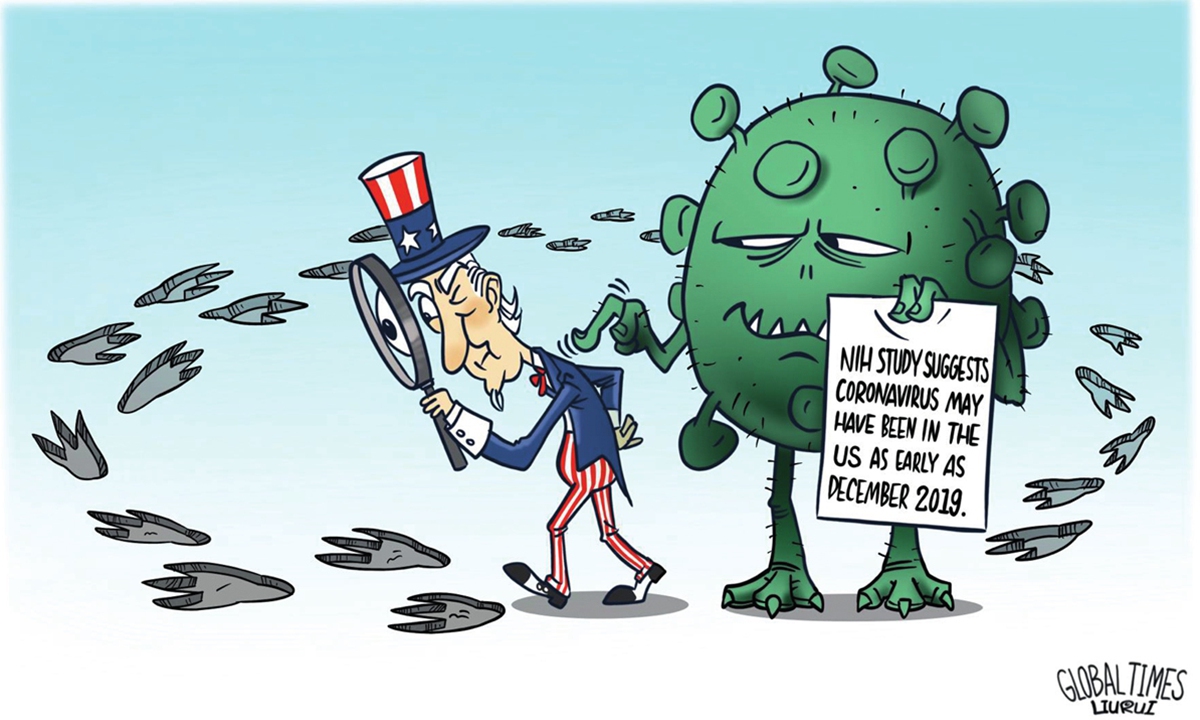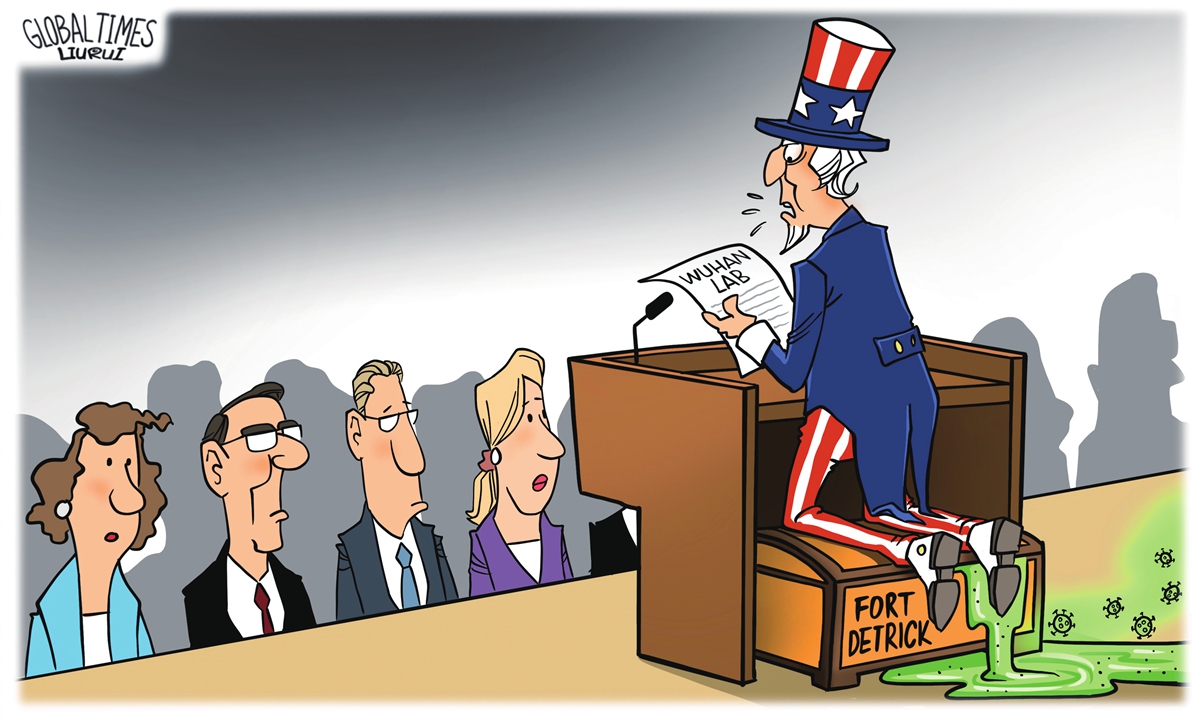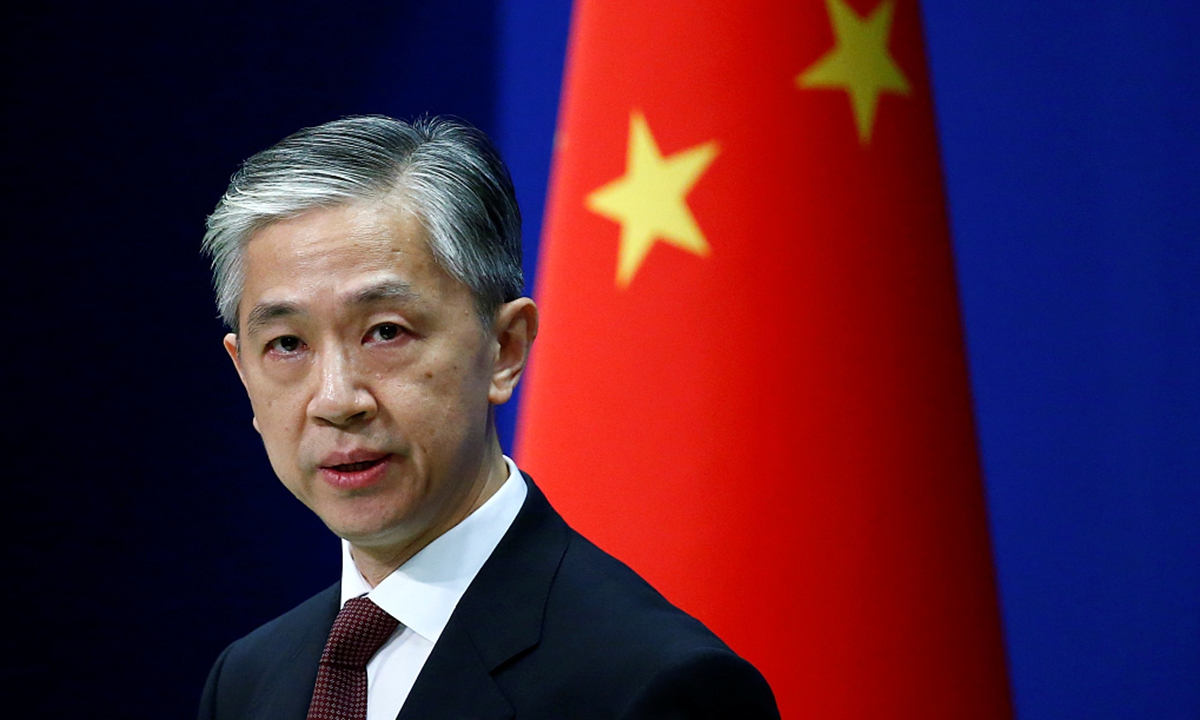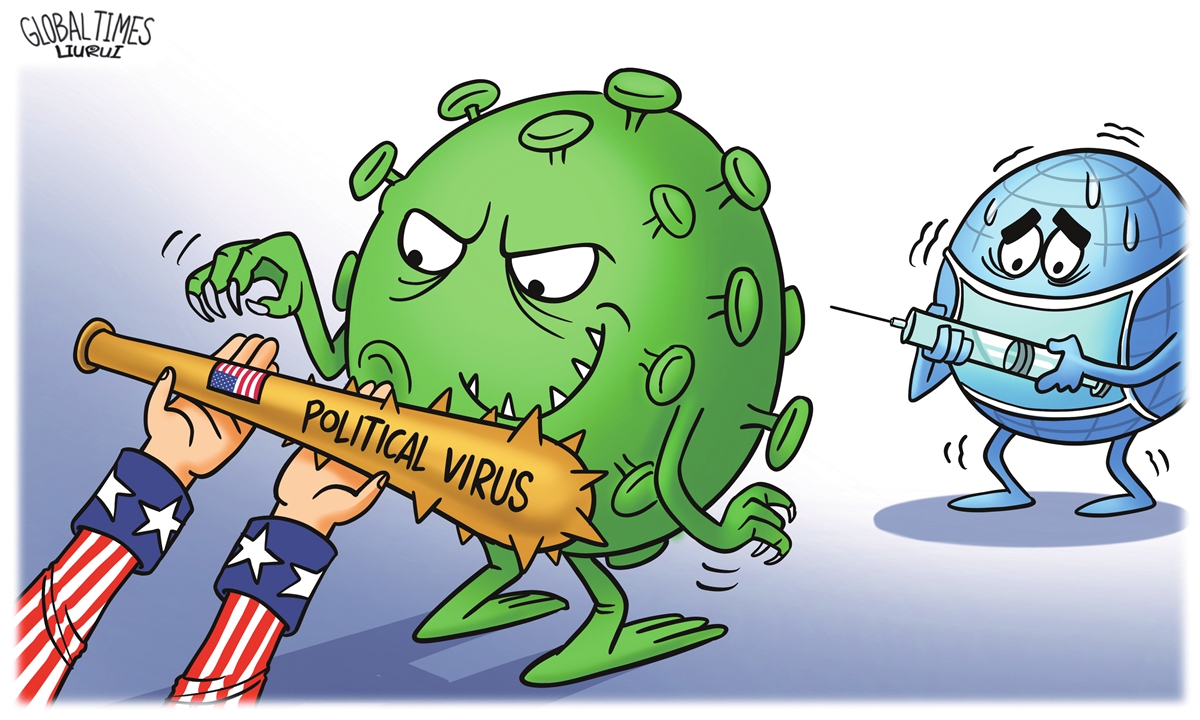HVAC NEWS
Chemical Insights Research Institute of Underwriters Laboratories Inc., teams with EPA’s Office of Research and Development to evaluate safety risks of DIY air cleaners for wildfire indoor pollution control
Study provides insights on the safety of DIY air cleaners and actionable information to help Americans stay safe during a wildfire
Business AnnouncementIMAGE: PICTURES OF TESTED BOX FANS WITH FILTERS AND THERMOCOUPLES ATTACHED. view more
CREDIT: CHEMICAL INSIGHTS RESEARCH INSTITUTE
ATLANTA – Aug. 26, 2021 – In response to the growing threat of wildfires in the U.S. where an average of 7.5 million acres have been impacted over the last 10 years, Chemical Insights Research Institute of Underwriters Laboratories Inc. (UL) with support of UL’s Fire Safety Research Institute has partnered with the Environmental Protection Agency’s (EPA) Office of Research and Development to provide scientific information to help Americans stay safe during wildfire events. Wildfires can be a source of particle and chemical air pollution that can infiltrate homes and impact the respiratory and cardiovascular health of occupants. As a result, many consumers are turning to the use of air cleaners to help filter out the pollution.
As commercial air cleaners can be difficult to obtain during wildfires due to supply constraints and cost, many health and state air quality agencies and nonprofit organizations have begun providing instructions for consumers to make DIY air cleaners by attaching a furnace filter to a standard box fan. Although research is continuing, initial data suggest that these DIY units can be effective in reducing particle pollution from smoke.
However, concerns have been raised about the box fan with filter attached posing a potential fire or human burn risk. To better understand the safe use of DIY air cleaners, UL and EPA scientists partnered on research to evaluate this risk. At UL facilities, a series of commercially available box fans were fitted with filters laden with smoke and routine household dust representative of wildfire pollution and were research tested to the protocols of UL 507, a global safety standard for electric fans used by numerous testing and verification organizations. Under these test conditions, and more extreme conditions where both sides of the fans were blocked, there were no observable fire hazards or human burn risks during testing. The full research report can be reviewed here.
Due to the wide range of variability in the types of fans and filters available for use and how DIY cleaners can be built or operated, UL and the EPA cannot assure these results are representative of all scenarios. However, when basic safety precautions are followed, DIY units may provide valuable reduction of hazardous wildfire air pollution. Learn about safety tips for using DIY cleaners here.
This initiative builds upon Chemical Insights Research Institute's ongoing research projects on environmental pollution and its impact on human health, including the toxicity of vaping and e-cigarettes, 3D printing emissions, flame retardants and furniture flammability and global air pollution. Further research will evaluate the effectiveness of DIY air cleaners as well as the health impact of wildfire emissions exposure to communities.
###
About Chemical Insights Research Institute
As an Institute of Underwriters Laboratories, we deliver the scientific insight policymakers, healthcare providers, business leaders and consumers depend on to make informed environmental health decisions. Combining the best minds, rigorous scientific research and a commitment for thorough and accurate results, Chemical Insights Research Institute is improving the health of people and the planet.
Our work lets people around the world know what chemicals are in the air we breathe, the water we drink, and the products we interact with every day. Our research and initiatives give them the knowledge of exactly what those chemicals are, how they may affect human health, and how to manage their impact.
Our leadership role is to provide science or knowledge to implement improved practices, alternative product design, and changes that enable safer products and healthier environments.
To learn more, please visit chemicalinsights.org/.
About Underwriters Laboratories
Underwriters Laboratories is a nonprofit organization dedicated to advancing the UL public safety mission through the discovery and application of scientific knowledge. We conduct rigorous independent research and analyze safety data, convene experts worldwide to address risks, share knowledge through safety education and public outreach initiatives, and develop standards to guide safe commercialization of evolving technologies. We foster communities of safety, from grassroots initiatives for neighborhoods to summits of world leaders. Our organization employs collaborative and scientific approaches with partners and stakeholders to drive innovation and progress toward improving safety, security, and sustainability, ultimately enhancing societal well-being. To learn more, visit UL.org.
Visit EPA’s DIY air cleaners research page to learn more about research on indoor air cleaners
Visit EPA’s research page on wildland fires
Related Links:
- Learn more about how to reduce your exposure on AirNow.gov’s Fire and Health web page
- Learn how to be smoke ready for wildfires by using the Smoke-Ready Toolbox for Wildfires
- Learn about air cleaners and air filters in the home
- Learn how to make a clean air room in your home
- Learn how to make and use a DIY air cleaner
Airflow cleans up the particulate matter in the classroom
Reduced particulate matter removal time by more than 30%
Peer-Reviewed PublicationIMAGE: SCHEMATIC VIEW OF A CENTRAL HEATING, VENTILATION AND AIR-CONDITIONING SYSTEM(HVAC) FOR SCHOOLS view more
CREDIT: KOREA INSTITUTE OF CIVIL ENGINEERING AND BUILDING TECHNOLOGY (KICT)
According to the WHO, about 7 million people die each year due to air pollution. Particulate matter (PM) triggers inflammatory responses in the human body, causing asthma and other respiratory and cardiovascular diseases. It is more fatal for young and growing students. The Korea Institute of Civil Engineering and Building Technology (KICT) has reduced time required to remove particulate matter from the classroom by more than 30% by optimizing the locations of supply and return diffusers for air supplied into the classroom.
Reducing Particulate Matter has been a global task. In 2018, the Korean Ministry of Education (MOE) announced “Measures against High Concentration of Particulate Matter in Classrooms” designed to tighten the fine particles (PM2.5) standards for classrooms to the annual average of 15㎍/㎥. The MOE has strived to remove particulate matter from classrooms, completing its drive to install air purifiers in all elementary schools across the country last year.
As part of these efforts, a research team at KICT led by Dr. Choon-Man Jang developed a central heating, ventilation and air-conditioning system (HVAC) system equipped with HEPA filters for elementary schools in Korea.
This central HVAC requires an air handling unit (AHU) to be installed for each floor of the school to supply clean air to classrooms through ducts. Supply diffusers connected to ducts supply clean air into each classroom, while the indoor air polluted by students’ indoor activities and inflows of particulate matter is discharged through return diffusers and then purified by the AHU.
Dr. Jang’s team applied three-dimensional numerical simulation to design the optimal positioning of supply and return diffusers. In order to demonstrate performance at the same scale as a real-life school facility in Korea, the research team built a “full-scale school environment performance test-bed” and performed experiments.
Tests were conducted to validate the performance of airflow locations – upper supply diffusers and lower window-side return diffusers – which were optimized through numerical simulation. Results show that the time it takes to remove particulate matter (PM2.5) from the validation requirement of 800 m3 per hour has been reduced by more than 30%. This improvement has been achieved by improving the circulation of indoor airflow inside the classroom and consequently reducing air stagnation.
The distributions of streamlines for upper and floor return diffusers show that the airflow discharged from the upper supply diffusers does not reach the floor fully but gets out through the return diffusers on the ceiling. When floor return diffusers are used, however, airflow from the upper supply diffusers reaches the floor where it is evenly distributed. This indicates that optimal airflow control through the optimization of the locations of return diffusers enables the efficient removal of particulate matter. Furthermore, it maintains the even distribution of indoor airflow.
This composite system can be installed not only in schools but can also be applied for a range of purposes, including other educational facilities and nursing facilities. One of its biggest advantages is that it can remove indoor particulate matter faster than other indoor ventilation systems.
Dr. Choon-Man Jang said, “Indoor particulate matter in schools directly affect students’ health, so it is very important to reduce the time it takes to remove particulates through airflow optimization.”
###
The Korea Institute of Civil Engineering and Building Technology (KICT) is a government sponsored research institute established to contribute to the development of Korea's construction industry and national economic growth by developing source and practical technology in the fields of construction and national land management.
This work was supported by the National Research Foundation of Korea (NRF) with grants funded by the Korea government (MSIT, MOE) and (No. 2019 M3 E7 A1113087).
※ MSIT : Ministry of Science and ICT, MOE : Ministry of Education
JOURNAL
Sustainability
ARTICLE TITLE
Air Ventilation Performance of School Classrooms with Respect to the Installation Positions of Return Duct
ARTICLE PUBLICATION DATE
30-May-2021
Detecting an unprecedented range of potentially harmful airborne compounds (video)
IMAGE: THIS CREDIT-CARD-SIZED WEARABLE BADGE CONTAINS A NEW TYPE OF SILICA THAT LATCHES ONTO A WIDE RANGE OF VOCS. view more
CREDIT: AIROTECT
ATLANTA, Aug. 25, 2021 — Many of the products we encounter daily — from deodorant to pesticides to paint — release molecules that drift through the air. Breathing in enough of the wrong ones can cause serious and potentially long-term health problems. However, it can be hard to estimate exposure because current devices are limited in what they can detect. Today, researchers report development of a new personal air-sampling system that can detect an unprecedented range of these compounds from a special badge or pen attached to someone’s shirt or placed in a pocket.
The researchers will present their results today at the fall meeting of the American Chemical Society (ACS). ACS Fall 2021 is a hybrid meeting being held virtually and in-person Aug. 22-26, and on-demand content will be available Aug. 30-Sept. 30. The meeting features more than 7,000 presentations on a wide range of science topics.
A video on the research is available at www.acs.org/VOCs.
“In every situation there’s a unique set of compounds that could be present in the air, including potential hazards that we do not know about,” says Allen Apblett, Ph.D., the project’s senior researcher, who is presenting the research. “Using a single material, we can capture many classes of these compounds, called volatile organic compounds (VOCs), and potentially offer a much more comprehensive picture of exposures.”
The U.S. military is eager to better understand the health threats its personnel face and has provided considerable funding for the project. However, the new sampler could also be used in many workplaces and at home, says Apblett, who is a professor at Oklahoma State University and co-founder of Airotect, the company developing the sampler.
VOCs are a major source of air pollution. The compounds originate from numerous household products, as well as from fuels such as gasoline and from industrial processes. Depending on which VOCs someone encounters and their level of exposure, problems ranging from nasal irritation to cancer can result.
Because someone’s exposures can vary as they move about, researchers have sought to design simple, lightweight detectors that can travel with the person and don’t need electricity. Badges containing substances that absorb gases are already in use in some workplaces, but these materials have a shortcoming: They latch onto certain varieties of VOCs better than others. If a worker is concerned about, for example, the VOCs formaldehyde, benzene and naphthalene in one location, they would likely need two or more types of these devices to test for them, Apblett says. “We circumvent that with a material that can absorb the broadest spectrum of volatile organic compounds.”
That new material is a silica with nanoscale pores contained within a roughly credit-card-sized badge that attaches to clothes. Airotect’s team is also experimenting with other configurations to hold the silica, such as one that resembles a pen that could rest within a pocket or a fabric badge that could be sewn on. The silica, known as OSU-6 and developed by a graduate student in Apblett’s lab, binds VOCs in its tiny pores through normally weak electrical attractions, known as van der Waals forces. The tight curvature of OSU-6’s nanopores significantly enhances these forces, making it possible to bind VOCs much more strongly than the industry standard. Because these bonds are physical, not chemical, in nature, they allow the material to latch onto a wide range of compounds.
When in use, the badge is opened to expose three OSU-6-filled tubes to the air. The length of time it’s worn depends largely on the potential exposures. Afterward, the badge is sent to a lab where the VOC-laden material is warmed to release the compounds so the researchers can identify and quantify them.
Apblett and his colleagues at Airotect have so far tested the material’s ability to detect well over 100 compounds in lab-based experiments. They have also found that OSU-6 stabilizes unstable or reactive compounds, making it more feasible to analyze traditionally difficult-to-monitor reactive compounds. The team has begun testing the sampler’s ability to pick up pollutants common in workplaces such as commercial-scale manufacturing operations and agricultural production facilities. They have also begun using it in real-world military scenarios, including military deployments and a student’s dormitory room. Once launched, the air sampler will be available to industry and the public, with the cost for device and the lab analysis starting at $75.
A recorded media briefing on this topic will be posted Wednesday, Aug. 25 at 9 a.m. Eastern time at www.acs.org/acsfall2021briefings.
The researchers acknowledge support and funding from the Department of Defense’s U.S. Air Force Rapid Innovation Fund, the Defense Health Agency, the Naval Submarine Medical Research Laboratory, the National Institutes of Health and the Oklahoma Center for the Advancement of Science and Technology.
The American Chemical Society (ACS) is a nonprofit organization chartered by the U.S. Congress. ACS’ mission is to advance the broader chemistry enterprise and its practitioners for the benefit of Earth and all its people. The Society is a global leader in promoting excellence in science education and providing access to chemistry-related information and research through its multiple research solutions, peer-reviewed journals, scientific conferences, eBooks and weekly news periodical Chemical & Engineering News. ACS journals are among the most cited, most trusted and most read within the scientific literature; however, ACS itself does not conduct chemical research. As a leader in scientific information solutions, its CAS division partners with global innovators to accelerate breakthroughs by curating, connecting and analyzing the world’s scientific knowledge. ACS’ main offices are in Washington, D.C., and Columbus, Ohio.
To automatically receive press releases from the American Chemical Society, contact newsroom@acs.org.
Note to journalists: Please report that this research was presented at a meeting of the American Chemical Society.
Follow us: Twitter | Facebook | LinkedIn | Instagram
Title
Nanoporous materials for measuring environmental VOC exposures
Abstract
People in all facets of life are exposed to volatile toxins that may cause them to unexplainably sicken leading to a need for continuous measurement of an individual’s exposure over long periods of time that in turn requires an extensive network of fixed site and personal chemical vapor samplers that measure a person's exposure to chemicals by testing the air that the person breathes regardless of where the person goes. Moreover, the individual exposure to volatile toxins can be unpredictable because of incomplete knowledge of what potential volatile health hazards may be present in a particular location. Therefore, it is necessary that these monitors can gather, store, and stabilize vapors from a broad array of chemical compounds with widely varying chemical properties. This paper will discuss the development of the next generation of lightweight, inexpensive, passive (non-powered) personal samplers and fixed site monitors that are capable of meeting these goals and safeguarding the health of people from airborne pollutants. These employ a revolutionary high surface area material that, through the principle of nanoconfinement, has the ability to bind vapors strongly to its surfaces leading to both high vapor uptake and stabilization of the bound chemicals.
‘Nanojars’ capture dissolved carbon dioxide, toxic ions from water
IMAGE: A NANOJAR TRAPS A CARBONATE ION (CENTER) TO REMOVE IT FROM WATER. view more
CREDIT: GELLERT MEZEI
ATLANTA, Aug. 25, 2021 — Carbon dioxide from the atmosphere can dissolve in oceans, lakes and ponds, forming bicarbonate ions and other compounds that change water chemistry, with possible harmful effects on aquatic organisms. In addition, bicarbonate can reenter the atmosphere as carbon dioxide later, contributing to climate change. Now, researchers have developed tiny “nanojars,” much smaller than the width of a human hair, that split bicarbonate into carbonate and capture it, as well as certain toxic anions, so the ions can be removed and potentially recycled.
The researchers will present their results today at the fall meeting of the American Chemical Society (ACS). ACS Fall 2021 is a hybrid meeting being held virtually and in-person Aug. 22-26, and on-demand content will be available Aug. 30-Sept. 30. The meeting features more than 7,000 presentations on a wide range of science topics.
“We originally developed nanojars to extract harmful negatively charged ions, like chromate and arsenate, from water,” says Gellert Mezei, Ph.D., who is presenting the work at the meeting. “But it turns out that they also bind strongly to carbonate.” Carbonate or other ions captured in the nanojars could later be disposed of or recycled into useful products, he says.
Nanojars are tiny containers made up of multiple repeating units of a copper ion, a pyrazole group and a hydroxide. The jars only form when an ion with a –2 charge, such as chromate, arsenate, phosphate or carbonate, is present. When the proper ingredients are added to an organic solvent, the repeating units form and assemble into nanojars, with the –2 charged anion bound tightly at the center.
To remove anions from water, the researchers added the solvent containing the nanojar components, which formed an organic layer on top of the water. “The solvent doesn’t mix with the water, but the anions from the water can enter this organic layer,” explains Mezei, who is at Western Michigan University. “Then, the nanojars form and wrap around the ions, trapping them in the organic phase.” Because the water and organic layers don’t mix, they can easily be separated. Treating the organic layer with a weak acid causes the nanojars to fall apart, releasing the anions for disposal or recycling.
The researchers have used nanojars to remove toxic anions from water. “We’ve shown that we can extract chromate and arsenate to below U.S. Environmental Protection Agency-permitted levels for drinking water –– really, really low levels,” Mezei says. The nanojars have an even higher affinity for carbonate, and adding a molecule called 1,10-phenanthroline to the mixture produces nanojars that bind two carbonate ions each instead of one.
The team has also made nanojars that are selective for certain anions. “The original pyrazole building block makes nanojars that are totally selective for –2 charged ions, but they can’t discriminate among these ions,” Mezei says. By using two pyrazoles tethered by an ethylene linker as a building block, the researchers made nanojars that bind preferentially to carbonate. More recently, they’ve shown that using two pyrazoles with a propylene linker produces sulfate-selective nanojars. These anion-selective nanojars will be important for applications in which only certain –2 charged ions should be removed.
The researchers have also been working on making the process more suitable for real-world applications. For example, they’ve swapped a weak base, trioctylamine, for the strong base, sodium hydroxide, originally used to make nanojars. “Trioctylamine, unlike sodium hydroxide, is soluble in the organic phase and makes the formation of the nanojars much more efficient,” Mezei says. Interestingly, trioctylamine causes nanojars to form with slightly different structures, which he refers to as “capped” nanojars, but they appear to bind carbonate just as tightly.
So far, all of the experiments have been conducted at the laboratory scale. Developing a system to treat large volumes of water, such as in a lake, will require collaboration with engineers, Mezei says. However, he envisions that contaminated lake water could be pumped into a station for treatment and then returned to the lake. Some ions, such as phosphate, could be recycled for useful purposes, such as fertilizer. Carbonate might be recycled to make “green” solvents, called carbonate esters, for the nanojar extraction itself. “Whether this process for removing carbon dioxide from water –– and indirectly, the atmosphere –– would be competitive with other technologies, that I don’t know yet,” Mezei says. “There are many aspects that have to be taken into account, and that’s a tricky business.”
A recorded media briefing on this topic will be posted Wednesday, Aug. 25 at 9 a.m. Eastern time at www.acs.org/acsfall2021briefings.
The researchers acknowledge support and funding from the National Science Foundation and Western Michigan University.
The American Chemical Society (ACS) is a nonprofit organization chartered by the U.S. Congress. ACS’ mission is to advance the broader chemistry enterprise and its practitioners for the benefit of Earth and all its people. The Society is a global leader in promoting excellence in science education and providing access to chemistry-related information and research through its multiple research solutions, peer-reviewed journals, scientific conferences, eBooks and weekly news periodical Chemical & Engineering News. ACS journals are among the most cited, most trusted and most read within the scientific literature; however, ACS itself does not conduct chemical research. As a leader in scientific information solutions, its CAS division partners with global innovators to accelerate breakthroughs by curating, connecting and analyzing the world’s scientific knowledge. ACS’ main offices are in Washington, D.C., and Columbus, Ohio.
To automatically receive press releases from the American Chemical Society, contact newsroom@acs.org.
Note to journalists: Please report that this research was presented at a meeting of the American Chemical Society.
Follow us: Twitter | Facebook | LinkedIn | Instagram
Title
Atmospheric CO2 sequestration by binding one or two CO32− ions in nanojars
Abstract
Nanojars are a class of neutral, nanosized toroidal copper(II)-hydroxide/pyrazolate assemblies comprised of a series of homologous oligomerization isomers of the formula [anionÌ{CuII(μ-OH)(μ-pz)}n] (Cun; n = 26−36; pz = pyrazolate, C3H3N2-), which strongly bind hydrophilic anions such as carbonate, sulfate and phosphate. A combination of single-crystal X-ray crystallography, electrospray-ionization mass spectrometry (ESI-MS) and H-NMR spectroscopy demonstrated that the various Cun nanojars are all based on a combination of three or four [Cu(OH)(pz)]x rings (x = 6−14, except 11), tightly held together by a network of hydrogen bonds and axial Cu–O interactions. The incarcerated anion guest plays a crucial role in the formation of the nanojar host, as the empty nanojar lacking a central anion cannot be obtained. Apparently, the anion is sequestered in-situ during the formation of the host-guest complex by self-assembly.
We have demonstrated that nanojars are able to sequester CO2 directly from the atmosphere by conversion into CO32- and incarceration of the carbonate ion in the center of the complex. Moreover, a second CO32- ion is bound if 1,10-phenanthroline is added to the reaction mixture. The resulting capped-nanojars, [{Cu3(μ3-OH)(μ-pz)3}CO3Ì{Cu(μ-OH)(μ-pz)}27] (1) and [{Cu2(phen)2CO3}CO3Ì{Cu(μ-OH)(μ-pz)}27] (2) have been characterized by single-crystal X-ray crystallography and electrospray-ionization mass spectrometry (ESI-MS). Complex 1 provides a new intermediate in the pH-dependent, step-wise transformation of Cu2+, OH- and pyrazolate ions into [CO3Ì{CuII(μ-OH)(μ-pz)}n]2- nanojars. The mechanism of this transformation, as well as the reversible binding of CO2 by nanojars will also be discussed.
Enriched bicarbonate electrolytes show promise in combatting CO2 and the greenhouse effect
IMAGE: REDUCTION PROCESS OF CO2 IN CO2-SATURATED KHCO3 SOLUTION OVER AU CATALYST view more
CREDIT: WANGYU DENG
CO2ER, the electrocatalytic reduction of carbon dioxide (CO2), offers an ideal route for mitigating the greenhouse effect and achieving green CO2 cycling. In recent years, most studies on CO2ER have focused on the intrinsic performance of the catalysts.
While bicarbonate - an electrolyte or negatively-charged ion that is used by the body to help maintain its pH balance - is commonly used in CO2ER, a group of researchers from China set out to explore its role and behaviour in more detail. Their results have been published in the KeAi journal Fundamental Research.
According to the paper’s corresponding author, Jinlong Gong, a professor in the School of Chemical Engineering and Technology at Tianjin University: “Bicarbonate, as a common electrolyte anion, can enhance CO2ER activity via its rapid equilibrium exchange with dissolved CO2. We found that higher concentrations of bicarbonate in the electrolyte provided higher energy efficiency.”
Dr. Wanyu Deng, the lead author of the paper, adds: “The new knowledge gained in this work guides the direct electroreduction of bicarbonate and provides valuable insights into CO2ER with high-concentration electrolytes. This finding is expected to help save abundant energy in the CO2ER process and can pave the way for advancing the progress of CO2ER towards commercialisation.”
Through in-situ experimental observations, the team discovered an accumulation of negatively-charged bicarbonate anions in the vicinity of the electrode surface. The enriched bicarbonate anions converted to CO2 to provide reactants. In addition, the local concentration of bicarbonate anions was controlled by both the bulk concentration of bicarbonate electrolyte and the cathodic potential. This discovery helped to explain the dependency of CO2ER activity on the local bicarbonate concentration, where the limited cathodic potential caused a plateau in the CO2ER activity.
Commenting on the plateau, Professor Gong says: “This hinders the use of high-concentration electrolytes to enhance activity. Further research is required to systematically explore the intrinsic relationship between CO2ER activity and bicarbonate concentration to achieve better CO2ER performance.”
###
Contact the corresponding author: Jinlong Gong, jlgong@tju.edu.cn
The publisher KeAi was established by Elsevier and China Science Publishing & Media Ltd to unfold quality research globally. In 2013, our focus shifted to open access publishing. We now proudly publish more than 100 world-class, open access, English language journals, spanning all scientific disciplines. Many of these are titles we publish in partnership with prestigious societies and academic institutions, such as the National Natural Science Foundation of China (NSFC).
JOURNAL
Fundamental Research
METHOD OF RESEARCH
Experimental study
SUBJECT OF RESEARCH
Not applicable
ARTICLE TITLE
Effect of bicarbonate on CO2 electroreduction over cathode catalysts

